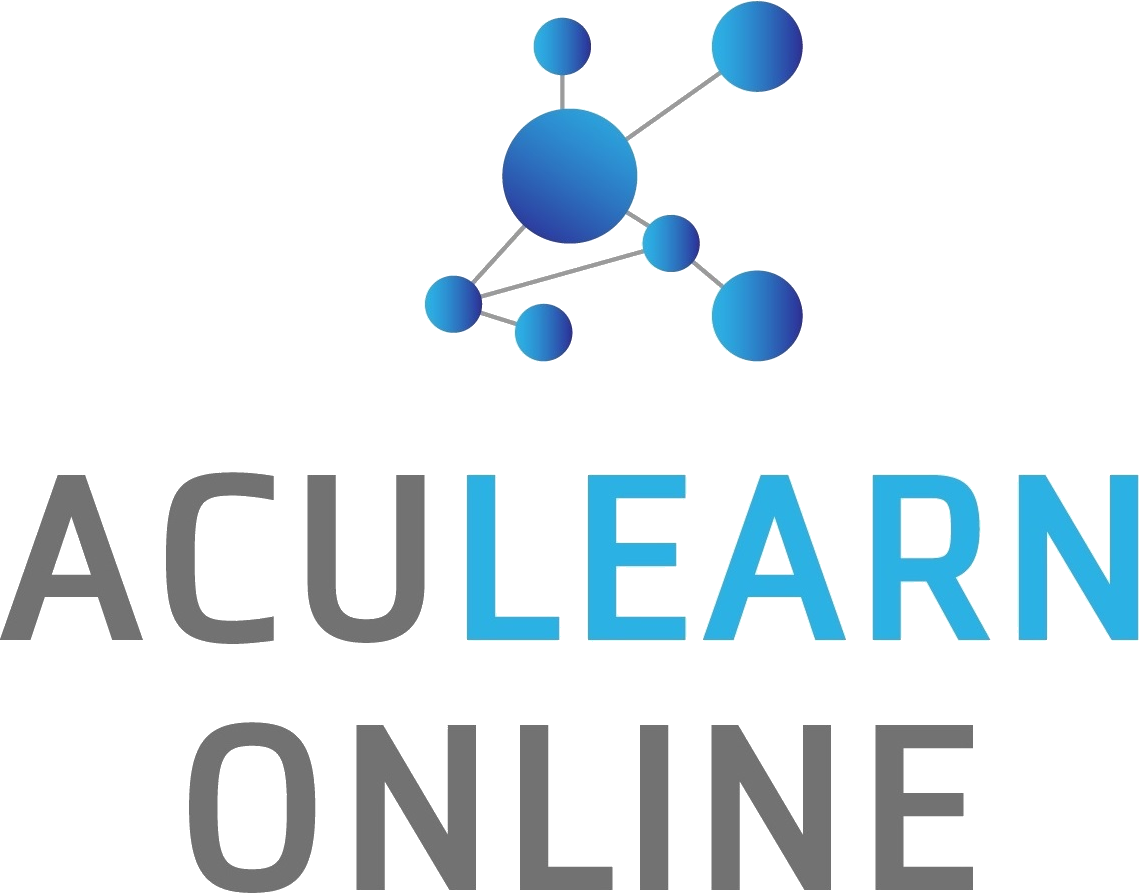In light of the pandemic, schools have shifted their lessons to home-based learning for a period of time. After the resumption of face-to-face classes, some classes remain hybrid, where lessons are delivered both in-person and online. If anything, home-based learning has disrupted our education system and is here to stay. How can a JC student get used to this new normal without compromising their learning?
Find a Conducive Environment
At the heart of learning is a good study environment – one must find a quiet place where they can fully concentrate on the lesson. This means moving yourself away from all possible distractions, including other people if necessary. Lounging on your bed in pyjamas while attending an online lecture might sound tempting, but is also the perfect set-up for complacency and tardiness. Remind yourself that each online class you attend is meant to be like a face-to-face lesson, so discipline is paramount even if your teachers and classmates cannot see you. Treat each class as if it is a normal school day, participating wherever possible to involve yourself in the lesson.
It is also important to ensure that your online lesson can carry on without any interruptions. This includes having a stable internet connection, as well as quality audio and video. You probably would not get the full benefit of a face-to-face class while sitting too far back to see the board, nor would you enjoy the lesson if you are unable to hear the teacher consistently. The same goes for an online learning environment – make sure that your study space is set up so that you can make the most of your home-based learning. If your class requires student participation, it is a good idea to set yourself up with a decent microphone and webcam beforehand and test them before the lesson to avoid any technical difficulties. That JC Maths class can feel so much more enjoyable if you are not straining to understand the teacher or make yourself heard every few minutes.
Make Use of Recorded Lessons
One of the greatest boons of online lessons is that they can be recorded and watched at your own pace. Some teachers record their lessons and upload them for students to re-watch – if you have this luxury, great! If not, you could always try asking your teacher if they mind you recording the lecture. Your teachers may drop important tidbits of information throughout a lecture that you would be hard-pressed to miss. In any case, there is no harm rewinding through a lecture recording to reinforce the concepts taught, which can be extremely beneficial when studying for your exams.
Recorded lessons are also available anytime. Home-based learning should make it possible for students to attend the majority of their classes, but even if you are unwell or unable to attend a class, be sure to watch the lesson recording if there is one, or ask a classmate to help you record it. There should be no reason to skip out on any lessons, especially for content-heavy subjects such as JC Economics. If need be, make full use of recorded lectures to revisit the lesson and refresh your memory.
Identify Your Goals for Each Day
Without a physical class, some teachers may grant their students some autonomy over the topics they plan to study each day. It can also be more difficult for some students to keep track of their progress when they are left to their own devices. Developing a study plan each day is key to staying on top of the competition.
To get started on your day’s goals, look at the lesson outlines for all your upcoming classes. It is even better if you do this a few days or even a week in advance, giving yourself ample time to plan the days ahead. Read up on the topics that will be covered in your upcoming lessons and try to understand them by yourself, so that you do not go to class blindly. If you come across any concept you are unsure about, jot it down first. It can be much easier to follow the lesson and understand the concepts covered if you already have an idea of them beforehand. Pay close attention to the parts you were unsure about and use the opportunity to clarify your doubts with your teacher.











